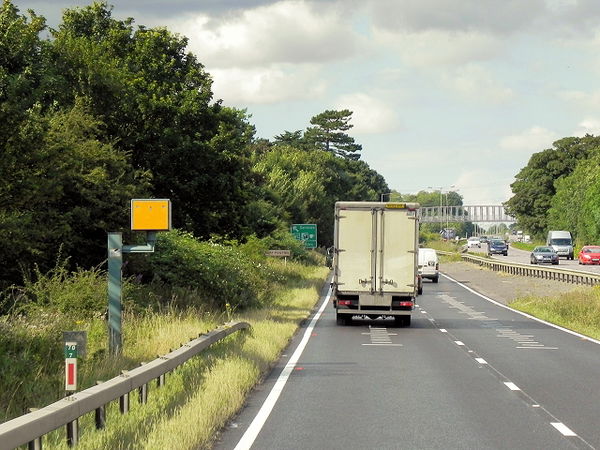Electric bikes 101: What’s Watt with battery power?
We’ve all got a new language to learn…
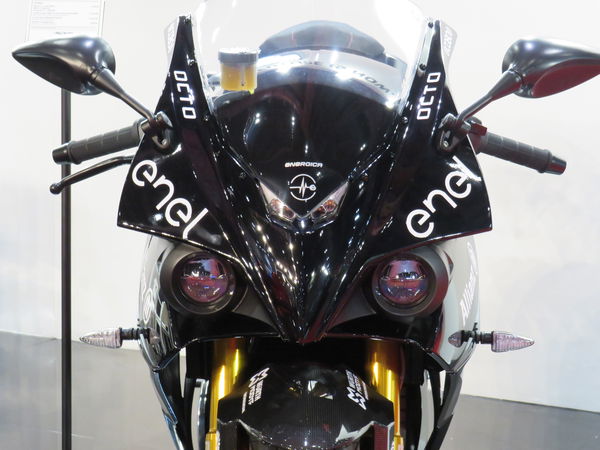
THERE'S an argument that says motorcycles should be an easier target for electrification than cars. They’re not subject to crash testing so they can be turned from design to production reality relatively quickly and at a fraction of the expense. They can also be redesigned easily to adapt to fast-changing battery technology without the need for going through all that again.
What’s more, bikes are usually used for short journeys, eliminating much of the ‘range anxiety’ associated with battery power, and they’re unencumbered by the luxuries and crash protection of cars, giving a huge advantage in power-to-weight ratio. So a small battery and motor can easily lug one person from A to B on a bike, where even the tiniest of electric cars still needs a massive power pack to do the same thing.

But while bikes are perfectly poised to become the vanguard of electric vehicle technology, in reality it’s the car market that’s leading the way. That’s in part because the average car buyer hasn’t got a clue what makes their vehicle move, and that means that the idea of changing from one technology to another holds no concern.
Motorcyclists are different. We’re enthusiasts by definition. Most of us have a decent grasp of how our bikes work, at least in outline. And that means that if we’re to embrace electric bikes, we’re going to have to understand what makes them whizz.
Where we’re comfortable talking about pistons, camshafts and carburettors we’ll instead need to learn a new language of volts, watts and amps, of currents and capacitors. We’ll need to know what makes lithium-ion better than lead-acid and learn a whole new vocabulary of technical terms to make sure those age-old pub conversations about the oily bits of bikes can be seamlessly turned into equally engrossing chats about sparks.
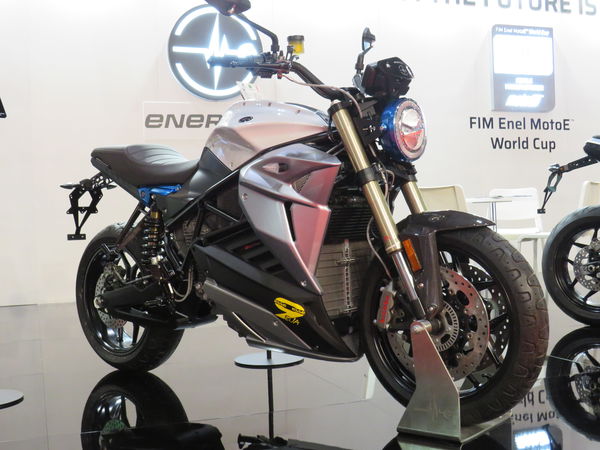
Electricity isn’t like petrol
It’s all too easy to try to draw parallels between electricity and petrol, but that’s a blind alley because they’re not comparable.
Petrol is a method of storing energy. It’s brilliant because, by igniting it, it can be combined with the oxygen from the air, creating a chemical reaction that releases a vast amount of heat. That heat makes gasses expand, in turn moving pistons and making engines run.
Electricity is quite different. Where petrol is an energy store, electricity is energy. It can’t be bottled, and to store it you need to convert it into something else – usually chemical energy in batteries when we’re talking about electric bikes.
You can’t see or smell electricity, nor can you weigh it or measure it by size. It’s energy, not fuel, so think of it as a replacement for the heat that really runs your petrol engine, rather than a replacement for the petrol itself (which is just a vessel for that heat), and you’re off to a good start.
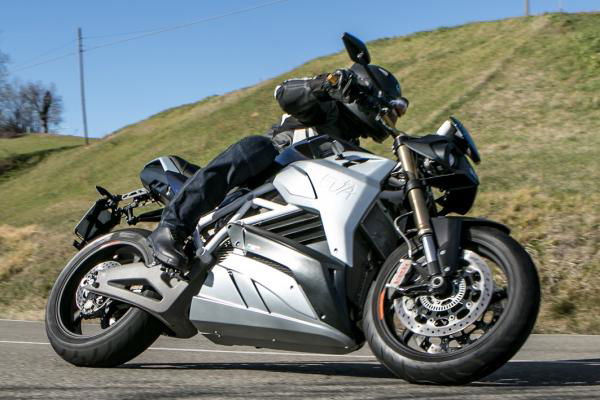
What are Volts?
You’ve all heard of volts. There are around 230 of them hiding in electrical sockets in British houses, 12 of them in your bike or car’s battery. Each of those little AAA cells in your TV remote carries 1.5V. It’s a term we’re all familiar with, but most of us don’t really understand.
Voltage is the electrical potential difference between two points, whether it’s the 1.5V between the terminals of a small battery or the 400,000V between an overhead electric cable and the ground.
The easiest way to visualise an electric circuit is to think of it in terms of water flowing through a system. In that analogy, voltage is the water pressure, or rather the pressure difference between two points – for instance the pressure difference between the water tank in your roof and the tap in your bathroom. Connecting an electrical circuit is the equivalent of turning on the tap.
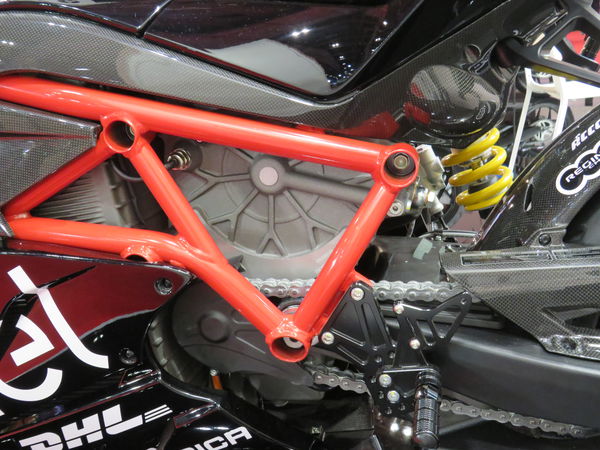
What are Amps?
After volts, amps are the other main measurement to be considered, as they define the electric current. Looking at domestic plugs again, most UK ones are of the 13A variety, and you’re probably familiar with things like USB chargers putting out ‘5V, 2.1A’ or similar.
Returning to the water analogy, electric current is equivalent to the flow rate coming through the pipes. You can combine high voltage with low amperage – equivalent to a small hosepipe firing out high-pressure water – or low voltage and high amperage, like a slow-running river moving vast amounts of water but without much pressure.
Or, of course, you can have both a high pressure and a high flow rate, which is what’s needed to have a really huge amount of power.
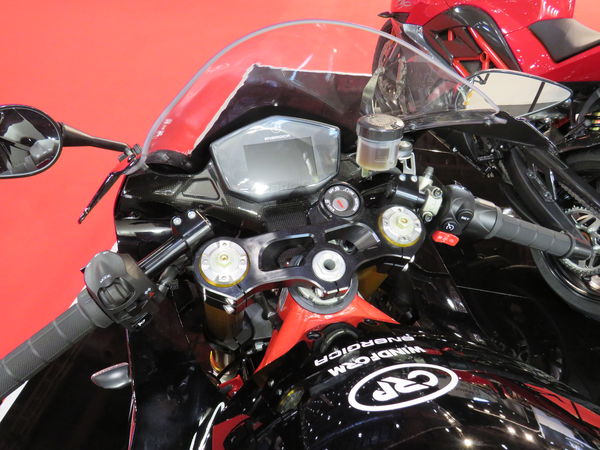
What are Watts?
Watts are, quite simply, volts multiplied by amps, and as such represent the power of an electrical system.
Power is defined as work done over time, and if you’re looking for something to compare to the horsepower figures that are part and parcel of any bike’s specs, watts are what counts.
Actually, when it comes the sort of high-powered electrical systems used in electric bikes, we’re more likely to refer to kilowatts (kW). A kilowatt is simply 1000 watts.
To go back to the hosepipe example, a big hose flowing lots of water over a short period of time, with plenty of pressure, is going to be powerful enough to need a couple of burly firefighters to hold it in place. Meanwhile, your granny can happily water her petunias with a small hose and a slow trickle of low-pressure water.
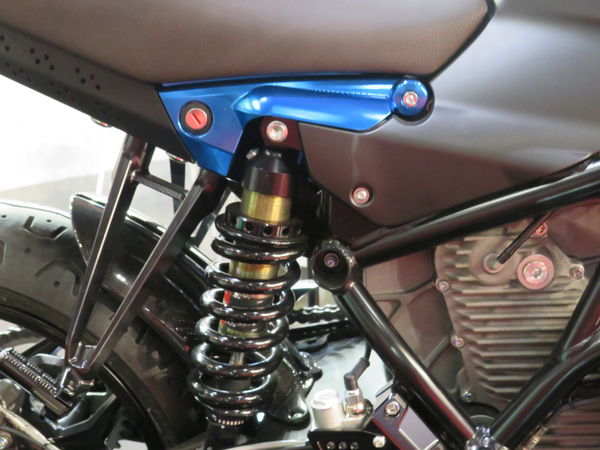
Is it Watt-hours or kilowatt hours?
Another measurement we’re going to have to get to grips with is watt-hours (Wh) or kilowatt hours (kWh). That’s how battery capacity is measured, and so it’s the equivalent of knowing how many litres of you can get into your tank.
This is actually pretty self-explanatory. A battery storing one watt-hour of power will be able to run an electrical device consuming a single watt of power for one hour. That’s a pretty small battery. For bikes, we’ll be talking about kWh. For instance, a Zero DS has a 14.4kWh battery, which means it can produce 1kW of power for 14.4 hours (or 14.4kW for one hour, for that matter). Given than the same bike can sustain a maximum power of 45kW (60hp), it would theoretically be able to empty its battery in 0.32 hours – or around 19 minutes – of flat-out running.
Of course, on any bike you rarely use max power for a sustained period of time, which is why the Zero can actually run for much, much longer than that.
On some batteries, you’ll see capacity measured as amp-hours (Ah) rather than Wh or kWh. But since they’ll also tell you their voltage, and we know that watts are amps multiplied by volts, it is simple maths to work out their power capacity in Wh or kWh (just multiply the Ah capacity by the battery’s voltage).

What is energy-density?
A battery’s energy-density is measured in Wh/kg – watt-hours per kilogramme, which is simply a ratio of power capacity to weight.
A lead-acid battery, the sort that your bike probably uses to start, manages around 40Wh/kg. Petrol, by comparison, has energy density of around 13,000Wh/kg, so it’s easy to see why the old internal combustion engine has had the edge over electric power for the last century or so.
Fortunately, there are other battery technologies out there that offer a rather better deal. In electric bikes the favoured tech is lithium-ion, which can have energy density from around 100 to 200Wh/kg. That’s still a tiny fraction of the energy density of petrol, but a direct comparison isn’t quite that straightforward.
First, only a small percentage of the energy stored in petrol actually reaches the rear wheel. Engines are only around 20% efficient, cutting the 13kWh/kg headline figure to 2.6kWh/kg, and transmissions might sap another 30%, dropping it to maybe 1.8kWh/kg efficiency at the wheel. That’s still several times what the best batteries can achieve, but it’s much closer.
Another key to electric vehicle tech is the fact that most of them recharge their own batteries during braking – reabsorbing some of the power they’ve spent getting you up to speed in the first place. By recouping energy that would otherwise go to waste, electric bikes can increase their range without requiring as much energy stored on-board.

What about charging?
Compared to the simplicity of pouring petrol into a tank, charging a bike is a potentially complex business.
In its most straightforward form, you simply plug in to your 230V home electric supply and wait (quite a long time) for the battery to top up, but the fledgling network of fast-chargers in use in the UK is daunting thanks to an array of different connectors and systems in use.
There are AC and DC chargers in use, running at a range of different charging speeds. The most common found in the UK are AC fast chargers, but other technologies – particularly rapid DC chargers like Tesla Superchargers or the more universal CHAdeMO and CCS systems – will replenish a low battery much more quickly. This is an area that desperately needs to be sorted out before electric vehicles can become the dominant form of transport, but given that most large car firms have plans to move their ranges towards electric power over the next decade, it’s likely to get sorted out before electric motorcycles become the dominant form of two-wheeled travel.
